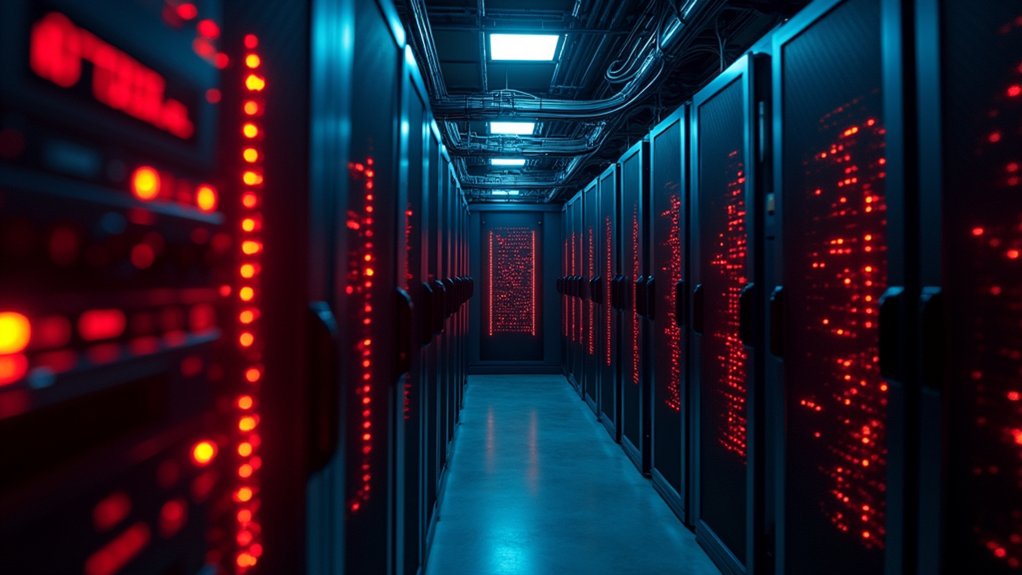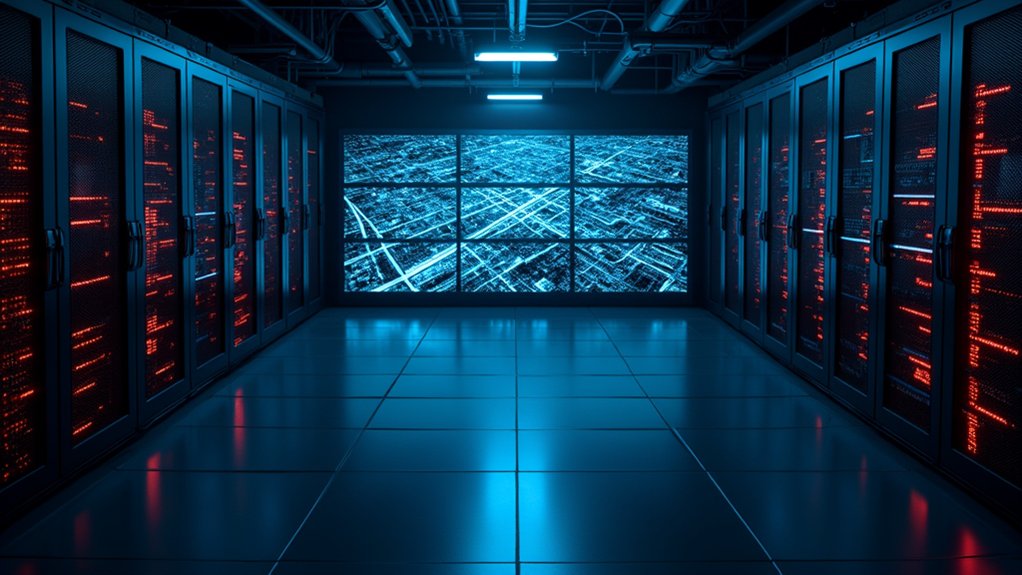As geopolitical tensions between Iran and Israel intensified in recent months, Iranian-linked cyber attacks against U.S. companies more than doubled, escalating from 12 incidents during March and April to 28 attacks in May and June. This dramatic surge coincided with the escalation of the Israel-Iran conflict, marking a clear correlation between regional hostilities and cyber warfare targeting American interests.
Iranian cyber attacks on U.S. companies doubled as Middle East tensions escalated, demonstrating the direct link between geopolitical conflicts and digital warfare.
Transportation and manufacturing sectors emerged as primary targets, with at least 10 U.S. companies affected by the recent wave of attacks. Defense contractors, particularly those maintaining ties with Israeli companies, faced heightened risk levels. Critical infrastructure operators, including utilities and industrial control systems, likewise experienced significant targeting, with hackers exploiting operational technology in water utilities and other crucial services.
Multiple Iran-linked hacker groups coordinated these operations, including MuddyWater, APT33, OilRig, CyberAv3ngers, FoxKitten, and Homeland Justice. MuddyWater targeted five firms, while APT33 attacked three companies, with other groups targeting two organizations each. These actors combined government-affiliated operations with hacktivist activities, amplifying their impact through synchronized cyber and information campaigns.
Iranian hackers primarily exploited poorly secured, internet-connected devices running outdated or unpatched software. Using reconnaissance tools like Shodan, attackers identified vulnerable internet-facing systems. They then utilized default credentials and misconfigured firewalls for initial access. Once inside networks, they deployed remote access tools, keyloggers, and legitimate administrative utilities to move laterally through poorly segmented systems, escalating privileges and accessing sensitive data.
Attack methodologies included Distributed Denial-of-Service operations, ransomware deployment, phishing campaigns, and credential theft. Hackers conducted both direct breaches and hack-and-leak operations, causing substantial financial and reputational damage to targeted organizations. These cyber actors frequently combined data theft with information operations, amplifying results through social media platforms and public threats.
Federal agencies responded with coordinated warnings, as CISA, FBI, NSA, and Pentagon Cyber Crime Center issued joint advisories urging improved vigilance. Critical infrastructure operators received specific recommendations to implement strong patch management protocols and secure system configurations.
Government monitoring continues as agencies track emerging threat intelligence and provide incident response support to affected organizations.









